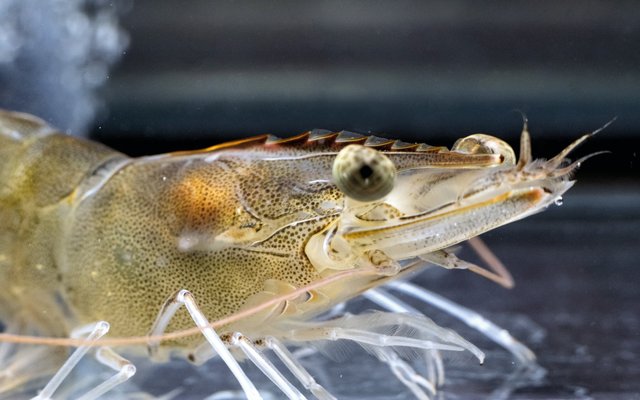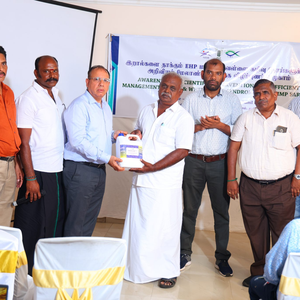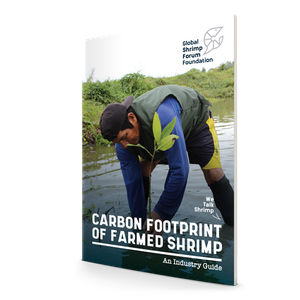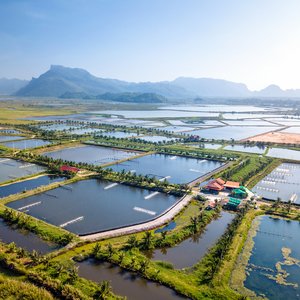A new study by Benchmark Genetics revealed breakthrough research on the genetic basis of resistance to co-infection of Enterocytozoon hepatopenaei (EHP) and White Feces Syndrome (WFS) in whiteleg shrimp. This discovery opens the door to sustainable disease management solutions for shrimp farmers, offering the potential for enhanced productivity, profitability, and environmental stewardship across the industry.
Shrimp aquaculture, essential to the global seafood supply chain, has been continuously challenged with infectious disease outbreaks that threaten production stability and, consequently, the economic security of farming communities worldwide. Co-infection of EHP and specific bacteria like Vibrio spp. has been identified as a major contributor to WFS, leading to stunted shrimp growth and significant financial losses for farmers.
Benchmark Genetics' research, conducted through a challenge test experiment on a population from its breeding program in Colombia, demonstrates the feasibility of using genetic selection to enhance disease resistance in shrimp. Notably, the study identifies moderate heritability for resistance to co-infection, underscoring the potential for selective breeding to bolster shrimp health and resilience against these diseases.
Key findings from the study include:
- Moderate heritability for disease resistance: Results indicate that resistance to co-infection of EHP and WFS is moderately heritable, supporting selective breeding as a viable strategy.
- Compatibility with shrimp growth: Disease resistance and shrimp growth showed no significant negative genetic correlation, allowing for simultaneous improvements in both traits.
- Genomic selection advantage: Genomic selection, as opposed to traditional pedigree-based selection, proved more accurate and effective in predicting shrimp resistance.
- Complex genetic influence: The study reveals that resistance is influenced by multiple genes with small effects, validating the use of genomic selection.
Industry impact and environmental benefits
Benchmark Genetics has already implemented these findings into practice, applying genomic selection in its breeding program to produce shrimp lines with improved resistance to co-infection by EHP and WFS. The anticipated benefits are considerable:
- Economic savings: Disease-resistant shrimp will reduce economic losses and cut treatment and disease management costs, improving farmers' overall profitability.
- Enhanced productivity: Farmers can expect healthier, faster-growing shrimp, bolstered by advanced genomic selection strategies.
- Long-term sustainability: Enhancing disease resistance through genetics will lead to more stable and resilient shrimp farming, reducing dependency on chemicals and antibiotics.
- Environmental stewardship: By decreasing the need for antibiotics and other treatments, these innovations align with the industry’s move toward more sustainable, eco-friendly farming practices.
“We are thrilled to share our research findings with the aquaculture community,” said Carlos Lozano, lead Shrimp & Tilapia Breeding Program at Benchmark Genetics. “This study reinforces our commitment to pioneering genetics-based solutions and highlights our dedication to enhancing both the economic and environmental sustainability of shrimp farming worldwide.”
Reference:
Kahsay Nirea, Marcela Salazar, Edna C. Erazo, Andres Suarez, Bruno DeCock, Carolina Peñaloza, Ross D. Houston, M. Hossein Yazdi, Carlos Lozano, The genetic basis of resistance to Enterocytozoon hepatopenaei (EHP) and White feces syndrome (WFS) in the whiteleg shrimp (Litopenaeus vannamei), Aquaculture, Volume 596, Part 1, 2025, 741789, ISSN 0044-8486, https://doi.org/10.1016/j.aquaculture.2024.741789













